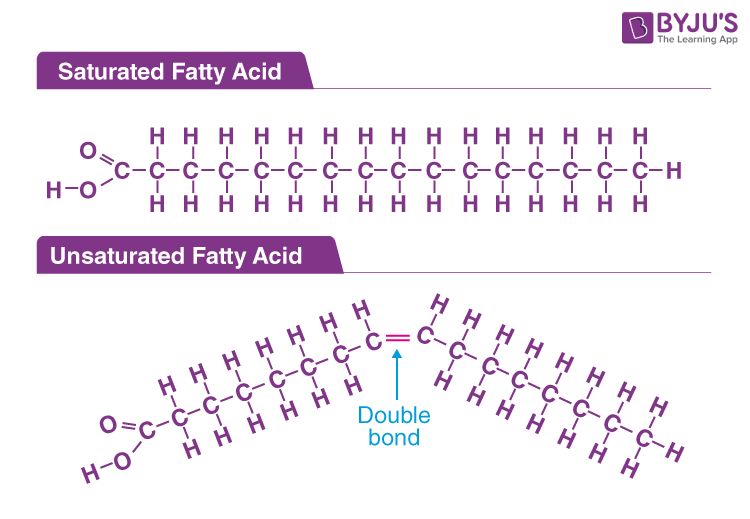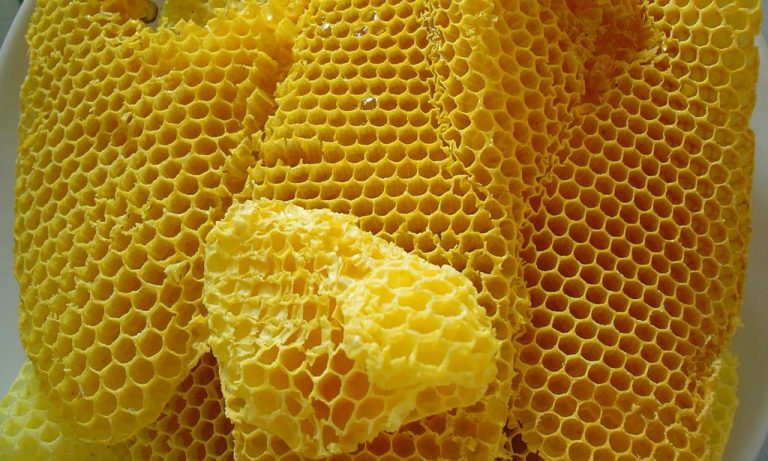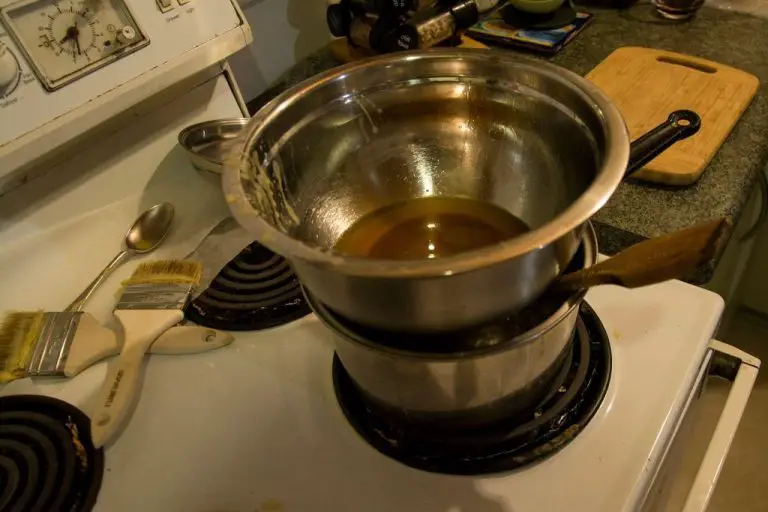What Oils Work Well With Soy Wax?
Introducing Soy Wax
Soy wax is a vegetable-based wax made from soybean oil. It was first commercially produced in the 1990s by Michael Richards, who was looking for a natural, sustainable alternative to paraffin wax [1]. Soy wax is made by hydrogenating soybean oil, which converts the oil from a liquid to a solid wax.
The popularity of soy wax has grown significantly in recent years due to its many benefits over paraffin wax. Some key properties and advantages of soy wax include:
- Made from a renewable resource (soybeans)
- Biodegradable and environmentally friendly
- Natural ingredient with no petroleum products
- Customizable melting point and burning properties
- Minimal soot and smoke when burning
- Stronger scent throw than paraffin
- Smooth and creamy texture
With its natural ingredients and versatility, soy wax has become a popular choice for candle makers and consumers looking for an eco-friendly, high-performance alternative to paraffin wax [2]. The popularity and market for soy wax candles is expected to continue growing as more people become aware of its sustainable properties.
Oils That Complement Soy
There are several oils that blend well with soy wax to create high quality candles. Some of the top oils that complement soy wax include:
- Coconut Oil – Coconut oil is commonly blended with soy wax. It helps harden the wax and improves burn time. Coconut oil also gives off a tropical fragrance when burned. Up to 10% coconut oil is often added.
- Palm Oil – Palm oil is another vegetable oil that is frequently mixed with soy. It adds opacity and makes candles burn slower. No more than 5-10% palm oil should be used to retain soy’s clean burn.
- Olive Oil – Olive oil can be combined with soy wax at 5-15% to help with scent throw. The extra oil allows more fragrance oil to bind to the wax. Olive oil also makes the wax softer.
- Avocado Oil – Avocado oil is less common but can be used at up to 20% concentration. It has moisturizing properties and produces a smooth wax surface.
When blending any oils with soy wax, testing is critical to achieve optimal results. Small batches should be evaluated for how different oil combinations affect burn, texture, and fragrance throw.
Coconut Oil
Coconut oil is commonly blended with soy wax to increase its melting point and hardness. The medium-chain fatty acids in coconut oil allow it to burn at a higher temperature than soy wax alone, increasing soy’s maximum burn temperature. The recommended ratio is generally 10-15% coconut oil to soy wax.
Adding coconut oil also makes the wax creamier and easier to work with. The higher oil content gives the wax more pliability for rolling pillar candles or molding detailed shapes. Coconut oil helps counteract the brittle nature of 100% soy and creates a smooth, glossy finish on the candles. Its moisturizing properties also allow coconut soy candles to adhere well to glass containers.
Palm Oil
Palm oil is commonly blended with soy wax to help improve the performance and strength of soy wax candles. Palm oil can increase the hardness, opacity, and scent throw of soy wax. It also helps create a smooth finish on the candle, reducing frosting and texturing on the surface.
According to Good Light Candles https://goodlightcandles.com/pages/palm-wax-candles-sustainability, adding between 5-15% palm oil to soy wax results in excellent scent throw and a flawless appearance. The palm oil gives the soy wax stability for a strong, clean burn.
There are some concerns over the sustainability of palm oil harvesting practices. However, using RSPO certified sustainable palm oil addresses these concerns. When sourced responsibly, palm oil offers significant benefits for soy wax performance.
Olive Oil
Olive oil is a popular choice for soy candle making. It has a high smoke point and slower burn rate compared to other oils, making it a good stabilizer. Olive oil also provides additional benefits:
- It’s eco-friendly and renewable – Olive trees can live and produce oil for centuries.
- It’s moisturizing – The oleic acid in olive oil helps condition skin and hair.
- It’s versatile – You can use regular olive oil, light olive oil, or extra virgin olive oil.
- It’s affordable – Olive oil is easy to find and budget-friendly.
The downside is that too much olive oil can lead to sooty candles. Use no more than 20% in your soy wax blends. The slow burn rate also means you may need to experiment with adding other oils that burn quicker and anchor scents.
Avocado Oil
Avocado oil is valued in skin care for its very soft texture and excellent moisturizing properties. The high oleic acid content in avocado oil helps it penetrate skin and provide deep hydration (source). When blended into soy wax, avocado oil imparts a smooth, creamy feel and helps condition skin. Some testing shows 10-15% avocado oil blended with soy wax creates an ideal wax for moisturizing products like lotions and creams.
However, recent studies have found issues with adulteration and rancidity in avocado oil (source). Up to 82% of avocado oil tested was oxidized or mixed with other oils (source). When purchasing avocado oil for candle and skin care use, it’s important to find a reputable supplier with high standards for purity.
Blending Oils
Combining different oils when making soy wax candles is a great way to customize performance and scent. Recommended blend ratios will depend on the properties you want to achieve. Here are some guidelines for blending oils with soy wax:
Coconut Oil: Use 5-15% of coconut oil by weight. Coconut oil adds hardness and makes the wax more crystalline. Too much can make the wax brittle. Coconut oil also improves scent throw.
Palm Oil: Use 5-15% of palm oil by weight. Palm oil adds opacity and creaminess to soy wax. It also makes the wax harder. Too much palm oil can cause sooting.
Olive Oil: Use 5-10% of olive oil by weight. Olive oil helps make the wax creamier with a smooth texture. Too much olive oil can reduce stability and scent throw.
Avocado Oil: Use 5-10% avocado oil by weight. Avocado oil has skin moisturizing properties and gives the wax a lovely green tint. Too much can make the wax soft.
In general, blends containing 10-15% additive oils tend to perform well with soy wax. Test different ratios to find your ideal blend for appearance, fragrance, and burn performance.
Additives
When making soy candles, additives can be used to enhance certain properties like scent throw and color. Some common additives used with soy wax include beeswax, essential oils, and dyes.
Beeswax is often added to soy wax at 5-10% by weight. It can help make the wax harder, improve scent throw, and give a smooth finish to the candles (Source). Beeswax has a natural honey color, so it can give a warm glow to soy wax.
Essential oils are used to add fragrance to soy candles. Usually 1-15% fragrance oil by weight is added. Using the right amount is important – too little and the scent will be faint, too much can cause issues like fragrance throw-off. Most candle makers recommend 6-8% (Source).
Liquid and powder dyes can color soy wax candles. Up to 1% dye by weight is typically used. Dyes allow for vibrant colors compared to natural colorants. Care should be taken not to use too much dye or the candle may bleed color when burned.
Testing Combinations
Thorough testing is crucial before mass producing soy candles. According to How To Conduct a Basic Burn Test, “Candle testing helps you perfect your recipe, find the best wick, and ensure excellent performance before you invest in mass production.” Test burns allow you to observe characteristics like melt pool, fragrance throw, flame height, soot, and more.

It’s important to test with different wick types and diameters to find the optimal setup for clean burning and an ideal melt pool size. You should also test with different fragrance load percentages to find the right balance of scent throw without adverse effects on performance. Testing helps identify any issues like tunneling or wicked candles before you commit to a full production run.
According to Top 7 Tips for Efficient Candle Testing, some best practices for testing include: simplifying your setup, carefully labeling everything, establishing baseline wicks first, re-testing new wax lots, allowing proper cure time, observing the full burn cycle, and keeping detailed notes.
Investing time in comprehensive testing will ensure your finished soy candles have excellent hot and cold throw, clean burning, and ideal longevity.
Optimizing for Performance
There are a few key factors to optimize when formulating a soy wax blend for candles:
Burn Time: A longer burn time can be achieved by using soy wax with a higher melting point, adding harder waxes like paraffin, or using additives like stearic acid. According to the soy candle making guide at Soybeads.com, adding 3-5% stearic acid by weight can increase soy candle burn times by 20% or more. Trimming the wick to 1/4 inch before lighting will also maximize burn time.
Fragrance: The maximum fragrance load for soy wax is around 10%, but less is often better for performance and reducing fragrance oil fading. Some oils like essential oils and citrus-based fragrances are more volatile and fade more quickly. Using anchored wax chips can help “lock in” fragrance as well.
Appearance: To prevent crumbling, cracking, frosting, and other aesthetic issues, it’s important not to overheat the wax, allow proper cooling time in the mold, and add wax hardeners if needed. Proper wick sizing and trimming will also help prevent soot and mushrooming. According to Katie Laine Handmade, discoloration and mottling can be reduced by using a wax with a natural white color.




